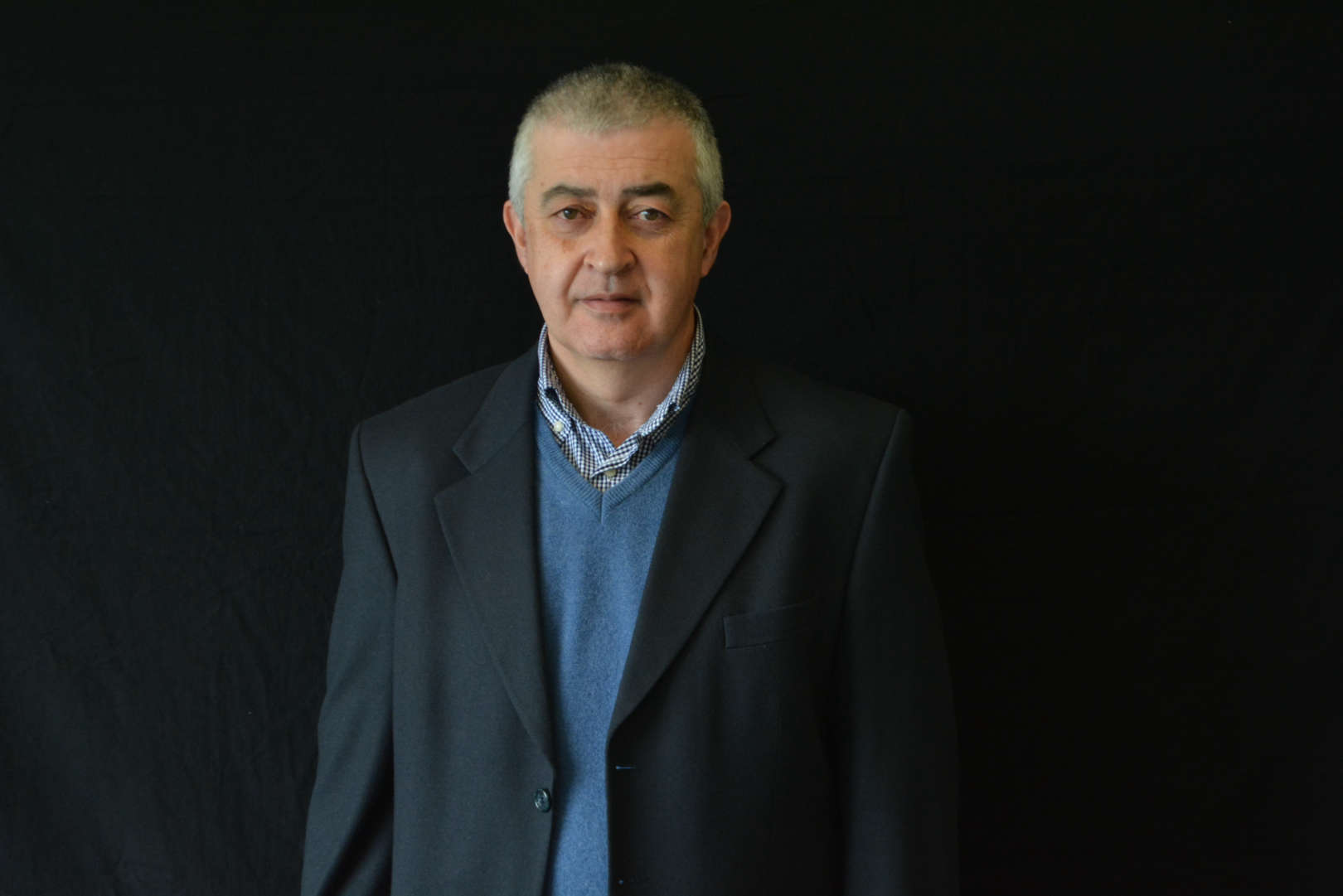About
J. T. Saraiva was born in Porto, Portugal, in 1962 and got his MSc, PhD, and Agregado degrees in Electrical and Computer Engineering from FEUP in 1987, 1993 and 2002, where he is currently Professor. In 1985 he joined INESC Porto where he is head researcher and collaborated in several EU financed projects, in national funded projects and in several consultancy contracts with the Portuguese Electricity Regulatory Agency, with EDP Distribuição, EDP Produção, REN, Empresa de Electricidade da Madeira, Empresa de Electricidade dos Açores and with the Greek and the Brasilean Transmission System Operators. Along his Academic career he supervized more than 50 MSc Thesis and 10 PhD Thesis, co authored 3 books, more than 30 papers in international journals and more than 120 papers in International Conferences.


